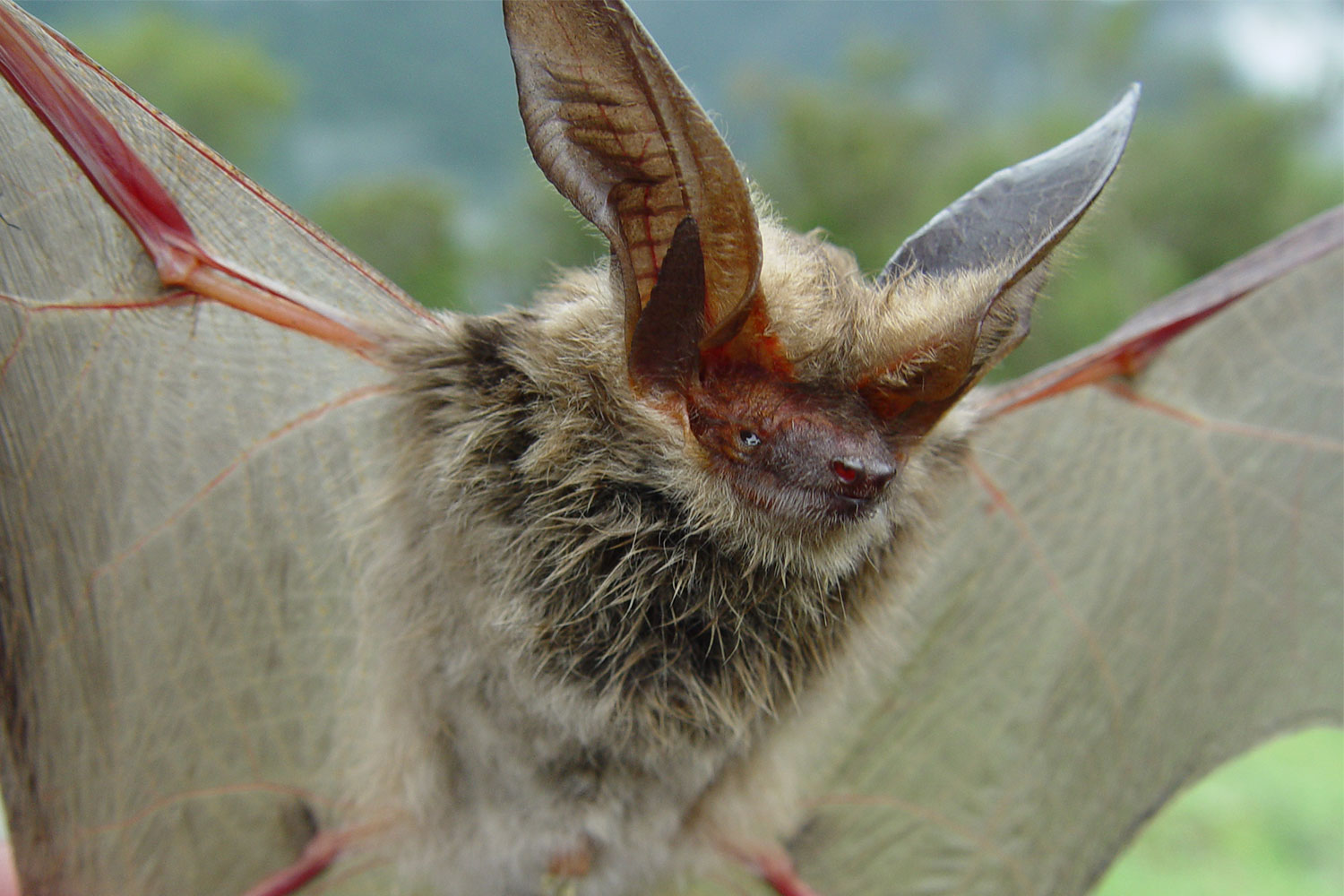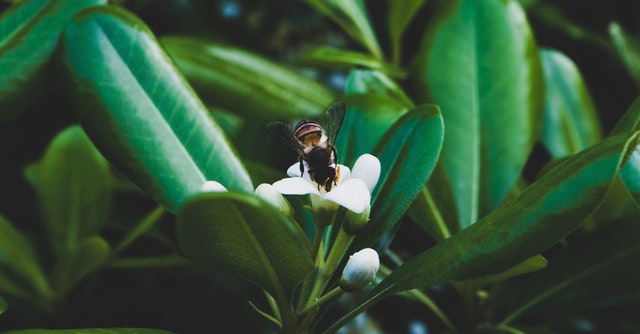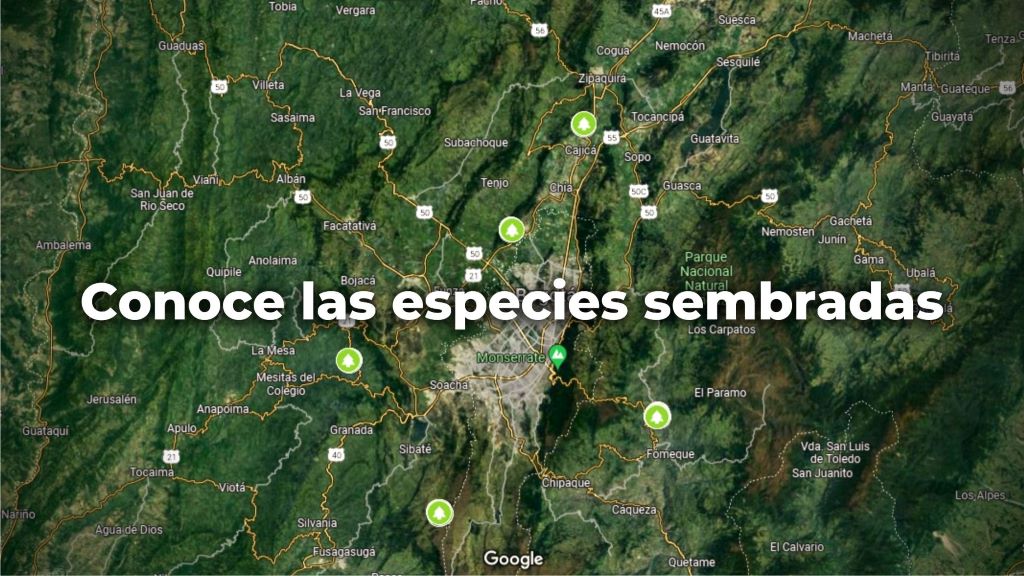Tipos de Árboles Plantados
Mortiño
CHARACTERISTICS OF THE SPECIES
It is a species of great importance in Andean forest restoration processes because it attracts large numbers of birds and dispersing insects both for the attractiveness of its flowers and its fruits. It is also a primary species that adapts well to degraded and nutrient-poor soils.
ECOLOGICAL IMPORTANCE
It is a species of great importance in Andean forest restoration processes because it attracts large numbers of birds and dispersing insects both for the attractiveness of its flowers and its fruits. It is also a primary species that adapts well to degraded and nutrient-poor soils.
ASSOCIATED FAUNA IN THE AREA
( Red-crested Cotinga, Ampelion rubrocristatus)
As already mentioned, this species is widely visited by various species of birds, insects and even mammals, however, there is a bird that frequently visits the mortiño to feed on its fruits, this bird is the Red-crested Cotiga whose scientific name corresponds to Ampelion rubrocristatus , very common in humid forest ecosystems.
Cedar
CHARACTERISTICS OF THE SPECIES
Cedrela odorata is an arboreal species that can reach heights of up to 35 meters. It has a fairly straight trunk and a fairly fissured bark, intense green leaves, small white flowers, the fruit is a woody capsule that opens into several valves that gives the image of a wooden flower.
ECOLOGICAL IMPORTANCE
Due to the fact that it is not too demanding with the soils it settles, it can adapt to conditions that are not as favorable as those offered by degraded lands restoration activities are carried out. In addition to this, it improves soil fertility, stabilizes sand banks, recovers degraded land, has been used to rehabilitate sites there was mining, conserves soil and controls erosion (CAR, 2019) .
ASSOCIATED FAUNA IN THE AREA
In warm areas, this tree is visited by many birds such as the Green Toucan, the Blue-winged Parakeet, or the Striped Egret, however, in Cundinamarca it is highly visited by one bird in particular: Icterus chrysater , commonly known as Toche, which takes advantage of the high flow of insects that move through the bark and branches of Cedrela odorata to feed. For this reason, the cedar is very important in our planting days, not only because we are attracting birds to the area, but also because we are ensuring that this species, which has been intensively exploited to the point of being threatened, grows again and quietly inhabits our forests. .
Ciro
CHARACTERISTICS OF THE SPECIES
Baccharis bogotensis is a shrubby species that can reach heights of up to 3 meters, most of the time its branching begins at ground level, its foliage is intense green, its flowers are white and the fruits are small and brown.
ECOLOGICAL IMPORTANCE
It is a species called ruderal, that is, it appears in habitats that are altered by human action such as urban areas or roadsides. This tree resists extreme conditions such as frost, nutrient-poor soils, dry seasons, among others. Such behavior is of great importance in restoration dynamics since it induces the colonization process in other species and even prepares and improves soil characteristics for the establishment of more susceptible species (Secretary of the Environment, 2021).
Sangregado
CHARACTERISTICS OF THE SPECIES
This species reaches heights of up to 20 m, its leaves are simple, with a cordate base and pointed apex, on the underside of the leaf it has a fine gray hair and a pair of small glands at the base. Small green flowers arranged in panicles, equally small capsular fruits. Its common names derive from the red exudate that emanates when making a cut in its trunk.
ECOLOGICAL IMPORTANCE
Due to its large and deep roots, it is a suitable species for planting with the aim of recovering soils. In addition, it is fast-growing, which favors species that need shade to grow (because they can establish themselves near C. draco and benefit from the shade generated by its crown to grow), not to mention that it is very attractive as food for birds.
USES AS A NON-TIMBER FOREST PRODUCT
Croton draco is a well-known species in the world of medicine because the intense red exudate it produces and which is called "Sangre de drago" is used in Naturopathic medicine as an important healing agent, it is also used quite often to treat stomach ulcers.
Bear Hand
CHARACTERISTICS OF THE SPECIES
This species can reach 15 meters in height if it is found in highly conserved areas, it has simple leaves with three lobes to which its common name is due, since it is reminiscent of a bear's claw, they also have a yellowish clothing on the underside of the leaf, which is why it receives another of its common names: “Yellow”. It has white flowers, small and arranged in clusters of heads. The fruits are green when immature and purple or blackish when ripe.
ECOLOGICAL IMPORTANCE
It is a fairly common species in the Andean region and one of the favorites for the Birds and the rest of the Fauna that inhabits the places it grows, which is why it is of great ecological importance since it attracts fauna to the place, benefiting the mechanisms of pollination and dispersion not only own but of other species.
ASSOCIATED FAUNA IN THE AREA

( Long-eared Bat, Histiotus chaini)
The Oreopanax genus is well known for attracting Bats, however, so far it is not known which species of Bats specifically visit Oreopanax bogotensis.
Mother of Water
CHARACTERISTICS OF THE SPECIES
T. gigantea can reach heights of up to 15 m. Its foliage is dark green, simple leaves, quite marked venation, slightly awned branches, bell-shaped flowers of dark red or red wine. The fruits are elongated and contain an average of 2 round seeds of up to 5 mm in diameter (Naturalista, 2022).
ECOLOGICAL IMPORTANCE
The species has a rapid growth rate and is quite long-lived, it is also known as a spring, as it is especially useful for the protection of water sources and water bodies, not to mention that it improves the properties of eroded soils.
ASSOCIATED FAUNA IN THE AREA
( Black-backed Grosbeak Pheucticus aureoventris)
Trichantera gigantea is very attractive to avifauna, species such as the Black-backed Grosbeak ( Pheucticus aureoventris ), the Black-and-white Seedeater ( Sporophila luctuosa ) or the White-winged Goldfinch ( Spinus psaltria ) are seen quite frequently visiting this tree in search of food and shelter. time fulfilling their work as dispersers (Castillo et al., 2017).
( Black-white seedeater, Sporophila luctuosa)
( Lesser Goldfinch Spinus psaltria)
Slip Monkey
CHARACTERISTICS OF THE SPECIES
Tree that reaches up to 25 m in height. It has simple leaves, dark green, shiny upper side, entire margin. White flowers, small, arranged in cymose inflorescences. The fruits are brown berries with abundant seeds inside.
ECOLOGICAL IMPORTANCE
Due to its nature as a pioneer species, it is very important to implement it in restoration processes, since it grows fast and contributes large amounts of biomass to the organic soil mattress, not to mention that its edible fruits attract pollinating and dispersing fauna.
USE AS A NON-TIMBER FOREST PRODUCT
The fruits of this species are highly desired, not only for the fauna but also for the people who inhabit the forests, in addition, dyes with high potential in the cosmetic and textile industry are also extracted from the fruit.
Guava
CHARACTERISTICS OF THE SPECIES
An arboreal species, it can reach heights of up to 10 m. It has simple leaves, light green in color, against the light throughout the leaf blade you can see glandular points very characteristic of the Myrtaceae family. Its bark is smooth and comes off easily, solitary flowers arranged in clusters, dark green or yellow globular berry fruits when ripe.
ECOLOGICAL IMPORTANCE
It is a fast-growing species, like most species of the Myrtaceae family, it is very attractive to fauna: bees, birds and mammals are completely attracted by its fruits and flowers, not to mention that it is widely cultivated by humans because of its fruit.
ASSOCIATED FAUNA IN THE AREA

(bees)
Various species of bats, mammals, and birds are frequently seen visiting this tree. A specific pollinator is not identified because it is a fairly diverse species in terms of the fauna that visits it, however, among the most important that it receives are bees, whose populations are currently increasingly depleted.
Weeping Willow
CHARACTERISTICS OF THE SPECIES
S. humboldtiana is a large tree that can reach 25 m in height without any problem. It has simple, elongated leaves with serrated edges that hang pendularly from the branches, which is why it receives the name “weeping willow”. The flowers are arranged in yellowish white catkins and dark brown capsular fruits.
ECOLOGICAL IMPORTANCE
It is a very important species in the protection of bodies of water because it grows on the banks of rivers, lakes or streams, playing the role of a protective barrier and filter against impurities. It also helps soil recovery, which makes it an ideal species for ecological restoration because it fulfills all the purposes of restoration: recovering soil, protecting water bodies, and attracting birds.
ASSOCIATED FAUNA IN THE AREA
An important chemical component known as Salicin is extracted from Salix humboldtiana , which is present in the bark and to a lesser extent in the leaves. This chemical component makes it a species of great value for naturopathic medicine for the treatment of fevers, rheumatic and menstrual pain and externally to wash wounds (MHT, 2021).
Guadua
CHARACTERISTICS OF THE SPECIES
Guadua angustifolia is a fast-growing perennial species, in optimal conditions it can reach up to 20 m in 120 days, it has linear lanceolate inflorescences, something curious about this species is that it only blooms once in its entire life.
ECOLOGICAL IMPORTANCE
It is often used in restoration processes for its ability to stabilize the soil as it controls erosion and improves its structure, in addition to providing large amounts of biomass to the soil, creating a thicker organic matter cushion that allows new species to establish themselves more easily. facility in the area.
ASSOCIATED FAUNA IN THE AREA
( Magellanic Woodpecker, Campephilus magellanicus)
This species attracts a large number of dispersing fauna because it offers shelter and food to many of them. Some of the species associated with Guadua are: squirrels, guaguas, wild rabbits, bats, woodpeckers, bluebirds, owls, blackbirds, parrots, etc. (Guadua and Bambu Colombia, 2022).
Número de registros: 22
Se muestran páginas de 12 registros cada una
Mostrando la página 2 de 2
- 1
- 2

 Mother of Water
Mother of Water  Slip Monkey
Slip Monkey  Mortiño
Mortiño  Sangregado
Sangregado 









 Fundación
Fundación